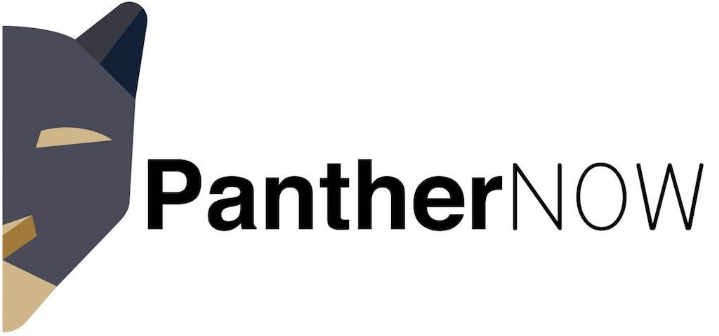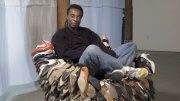Laura Antunez/Staff Writer
American contemporary sculptor and photographer Petah Coyne used to be obsessed with collecting dead fish.
“To me they were so beautiful, you must understand,” said Coyne at the Patricia & Phillip Frost Art Museum’s 15th annual Breakfast in the Park event last Sunday.
The Frost Museum brings in artists to speak about their work to FIU students and the community every year for Art Basel.
Coyne spoke at this year’s event and her whimsical nature came through in her story of how she first began developing her art.
After moving to New York City in 1977, she became inspired by artists Robert Rauschenberg and Donald Judd to take in her surroundings and use what she saw for her own art.
After finishing work at a Chanel store, she routinely walked home through Chinatown and paid close attention to the dead fish being sold.
“I would get paid on Fridays and I would separate what I needed for rent and food. The rest I would spend on, you know, the dead fish,” said Coyne. “I just spent my money on dead fish.”
After buying fish from Chinatown markets, she hung them on clotheslines in her apartment in a room that was painted completely black and had covered windows to limit the amount of light that would enter.
This continued for five years.
“Pretty soon I had so many dead fish,” Coyne said.
She likened the experience to being an alcoholic, saying she could no longer go to Chinatown without buying at least one dead fish.
Even when she did only want to buy one, she would later decide that the one fish needed a mate and friends and eventually she would leave with baskets full of them.
“I couldn’t go to Chinatown and not spend all my money on baby barracudas and octopus,” she said.
Eventually a shopkeeper took notice of Coyne’s consistent purchases and inquired as to what she used them for.
“I can’t tell them that I hung them from my ceiling. I didn’t think they would understand contemporary art so I told them I was making soup for the poor,” Coyne said.
Shopkeepers would reply with “What a nice girl you are; we’ll give you a discount,” Coyne said.
“You don’t give an alcoholic discounts,” said Coyne to the audience, evoking laughter.
Eventually, a friend of Coyne advised her to take the fish outside.
“I found this place in Long Island called Garden City and I thought, ‘What a beautiful thing to put them in someone’s yard,’” Coyne said.
One night, her idea led to her and seven friends working from 1 a.m. to 4 a.m. to decorate Garden City with clotheslines of dead fish.
“I thought the neighbors would come out and we’d have breakfast together: breakfast in the park,” said Coyne. “We’d all be there and it would be such a beautiful experience.”
Coyne learned a lesson later on that day: don’t do things without permission.
Her spontaneous decoration of Garden City with dead fish was quickly shut down.
She eventually used the dead fish mixed with hay as the stuffing for a sculpture of a nun that she made later in her career.
When discussing her family background at the Frost event, Coyne referred to it as “secret knowledge.”
“My father was in the military and you’d be surprised by how many artists come from a military background. We traveled all over the world,” Coyne said.
Coyne said her upbringing instilled a thirst for knowledge that she perpetuated in her life and in her artistic career.
She mentioned that her family was not so concerned with being book smart, but with being naturally curious about the world.
When asked about what the future holds for her, the artist replied “I still have a ways to go.”
Coyne is known for work that hang from ceilings and erupt from floors. She uses materials including molten wax, silk flowers, sumptuous fabric, and pristine taxidermy to create her sculptures.
Coyne’s work can be found in permanent collections of museums including The Metropolitan Museum of Art, MOMA and the Hirshhorn Museum and Sculpture Garden.

Attendees enjoy free breakfast at the Patricia & Phillip Frost Art Museum’s Breakfast in the Park event before listening to artist Petah Coyne speak. Photo courtesy of Vince Rives.






Be the first to comment on "Artist Shares Dead Fish Story At FIU Art Basel Event"